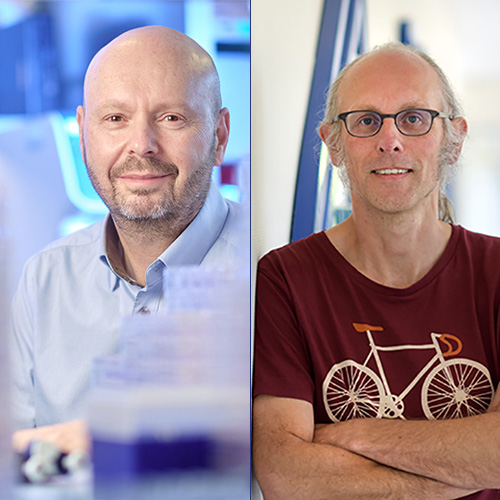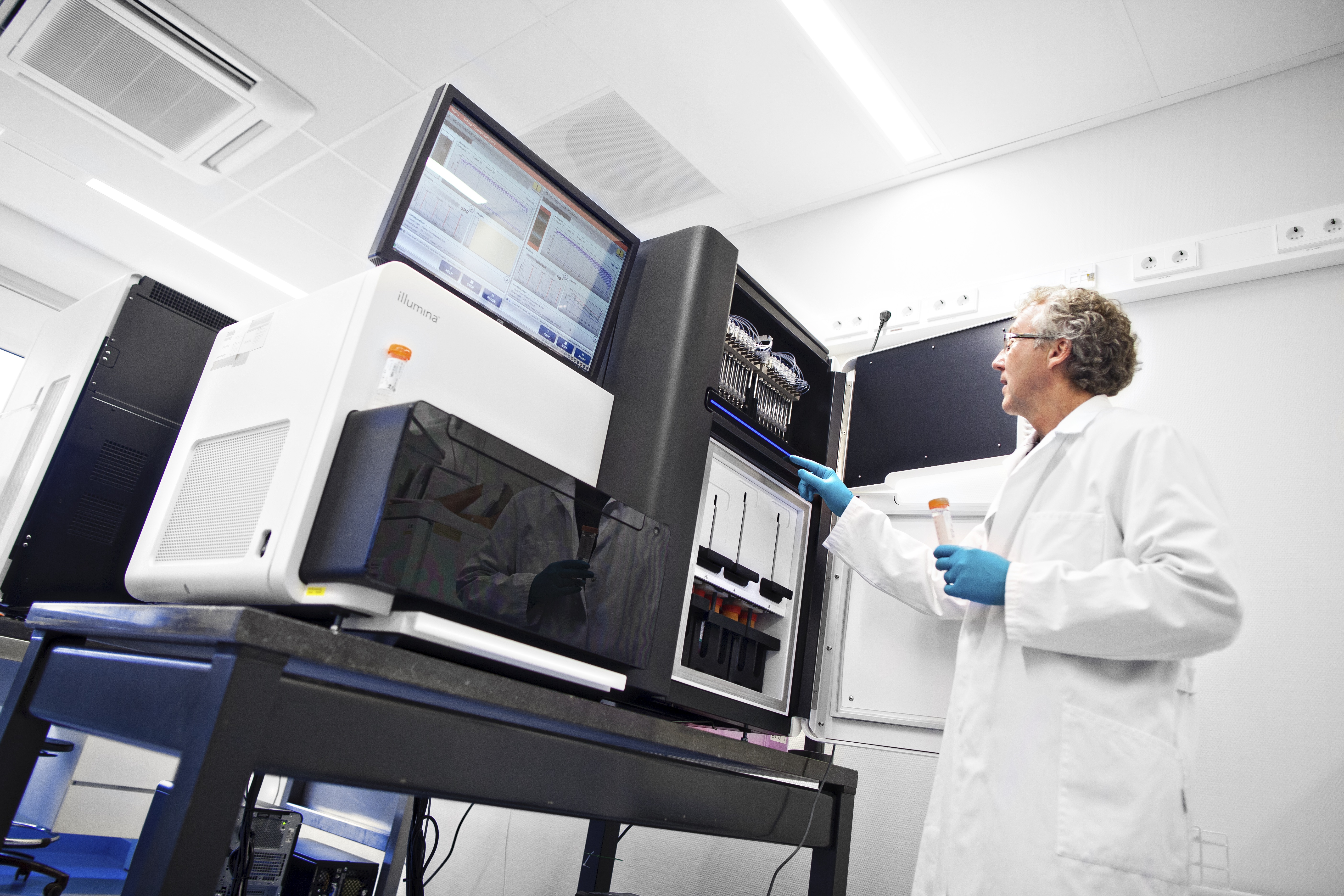Bas van Steensel
Genomics of gene regulation and chromatin
We develop and apply new genomics tools to study the structure and functions of genomes, chromosomes and chromatin, with emphasis on gene regulation. This will help to gain fundamental insight that is essential to fully understand cancer.
Principles of Genome Regulation
We aim to elucidate how genes are regulated at three fundamental levels: (i) transcription factors; (ii) regulatory elements such as enhancers and promoters; (iii) linear and spatial architecture of the genome. By integrative analysis of these three levels we aim to ultimately construct models that can fully predict genome function from DNA sequence.
New tools for functional genomics
In the past, we developed DamID, pA-DamID and m6A-tracer methods for the mapping and visualization of protein-genome interactions. TIDE(R) is a simple, cheap and quantitative method to measure CRISPR genome editing efficiency. SuRE is a tool for functional mapping of regulatory elements in entire genomes. TRIP measures the impact of local chromatin context on gene function at thousands of genomic locations in parallel. Derived from this is our recent method to systematically relocate regulatory elements. We have also built a collection of highly optimized reporters to measure transcription factor activity, and together with members of the PERICODE consortium we have developed PARM, a deep learning model that predicts promoter activity from DNA sequence.
Bioinformatics
We view bioinformatics as an integrated part of our research. Hence, all students and postdocs in the lab learn R/Python programming and write their own code.



















